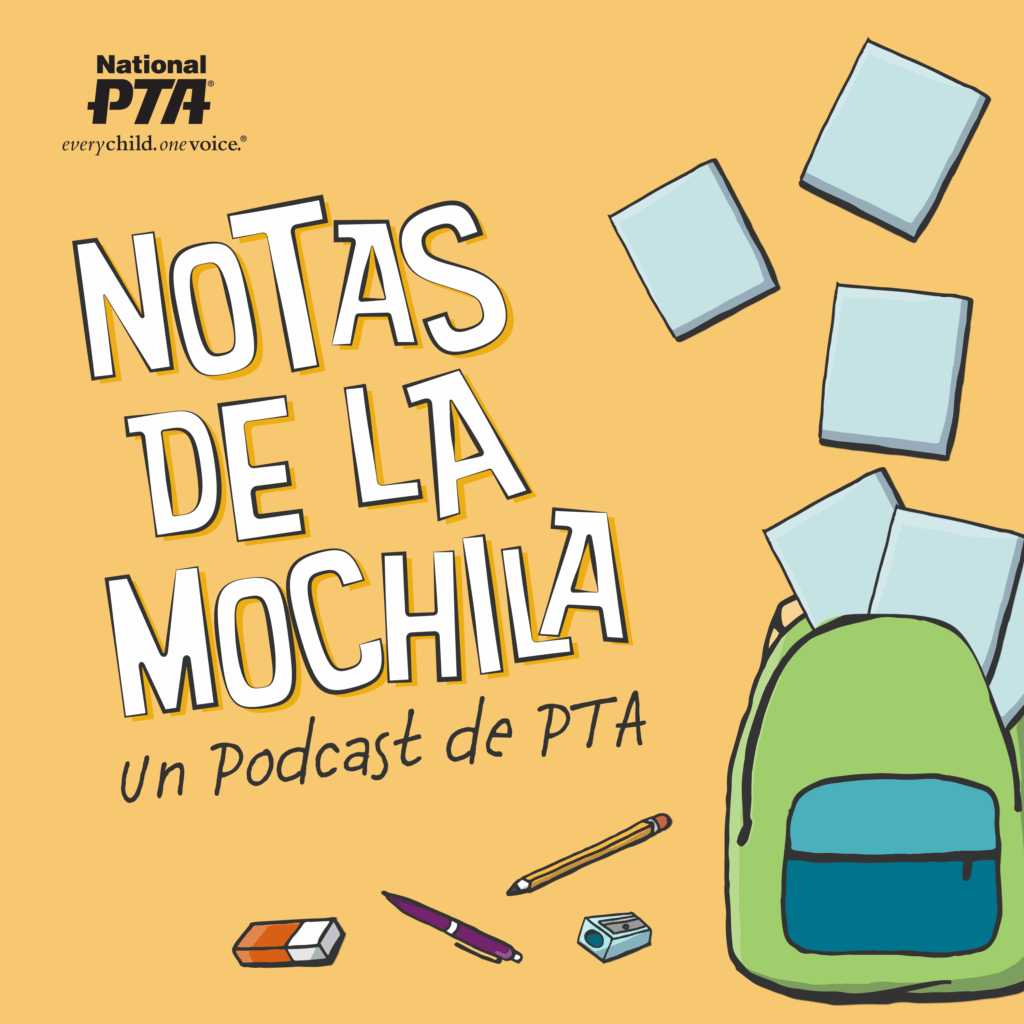We all need to drink more water. And if we want our kids to drink water, it starts with us. Drinking water helps prevent dehydration, keeps your body temperature in check, encourages clear thinking, aids digestion and more.
With so many soda and juice options available, some kids might find water boring by comparison. But unhealthy drinks have larger consequences—The Centers for Disease Control and Prevention reports that children who drink less water also tend to eat less fruits and vegetables, eat more fast food and get less physical activity.
It’s time to commit to healthier hydration. After all, one good habit often leads to another, and establishing healthy habits at an early age can have lifelong benefits!
How Much Water Does Your Child Need?
While there’s no absolute formula—variations in metabolism, activity level and environment make setting firm intake recommendations difficult—general fluid guidelines set by the National Academies of Sciences recommend:
- 5 (8-oz) cups* of fluid a day for children ages 4–8
- 7 (8-oz) cups* of fluid a day for girls ages 9-13
- 8 (8-oz) cups* of fluid a day for boys ages 9-13
These daily water intake goals can be intimidating, especially for little ones who may be reluctant to choose water over a sugary beverage. That’s why National PTA has teamed up with Nestlé Waters North America and Nestlé® Pure Life® to help make drinking water easier for families.
From infusing fruit to leading by example, here are a few simple ways to get your kids excited about drinking water.
Let Kids Choose
Letting kids choose things like a kid-friendly recyclable water bottle gets them excited about drinking water. These small choices personalize the experience of drinking water and give them a sense of ownership over their drinking habits.
Want to go the extra mile? For a fun weekend craft, get a plain, reusable water bottle for your kids to decorate and personalize. Your kids will bring it to and from school in their lunch box with pride.
Lead by Example
Kids are constantly watching and listening to their parents, even if it doesn’t always seem like it. Use this to your advantage to instill healthy habits in your child. Make sure they see you drinking water!
Carry a bottle around with you and practice what you are preaching to them—choose water over other sugar-sweetened beverages and keep an extra bottle or two on hand to share with your kids. It will help them learn the importance of establishing healthy habits early on, which will make maintaining a healthy lifestyle later in life much easier.
Don’t forget to model proper recycling too, including water bottles!
Make it a Game
What child doesn’t love a fun game? Have them set goals to reach throughout the day so they can get the right amount of water intake. Goals can be anything from drinking one bottle’s worth of water by noon, to 50 ounces by 5 p.m. You decide the time and type of measurement!
Try marking the side of your child’s water bottle with lines indicating what time they should be finished with each amount.
The Bottom Line
Kids who drink water are more likely to make smart choices, be independent and seek out healthy foods. This fall, plan for healthier hydration for the whole family.
Want to learn more? Visit PTA.org/HealthyHydration.
Infuse Your Water
Infusing fruit into water makes for a sweet treat and is a great alternative to sugary sodas and juices. Kids can customize their own drinks with berries, oranges, lemons and more. No flavor is sacrificed this way and kids still get the hydration they need. Plus, it makes for good fun!
Need inspiration? Try this strawberry basil water recipe from Nestlé Waters (serves five people):
Strawberry Basil
6-8 sliced strawberries
1 cup basil leaves
5 cups cold water
Ice
Directions: Mix ingredients in a water pitcher 1-2 hours before serving. Enjoy!
PARENT TIP: Cut the fruit into smaller pieces (less than an inch in diameter) to avoid choking and squeeze the juice of 1-2 oranges into your pitcher for more flavor.
*These estimates do not reflect total dietary water intake, as we take in roughly 20% additional fluid from the food we eat. Warm temperatures and added physical activity can increase daily fluid needs.
Lily Warden is a communications intern for National PTA.


















